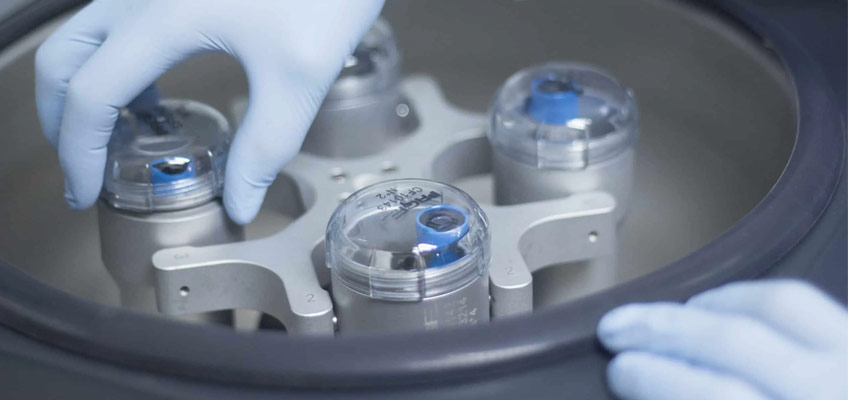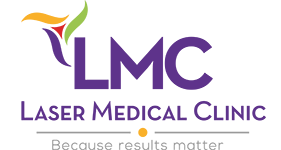
PRP FAQs
Q: What is the acronym PRP?
A: PRP is an acronym for Platelet-Rich Plasma.
Q: What is platelet-rich plasma?
A: Platelet-rich plasma consists of two components: plasma and platelets, which are cells of the blood that aid in healing. Besides their ability to clot, platelets contain growth factors that stimulate cell reproduction and tissue regeneration or healing in the treated area. Blood that is rich in platelets is simply blood that contains more platelets than normal. PRP therapy involves injecting concentrated platelets taken from a patient’s blood onto the scalp or face for hair loss or skin rejuvenation.
PRP is thought to promote healing and stimulate new cell growth in the majority of individuals. It has also been used for a variety of medical treatments, including orthopedic injuries and hair restoration. It is also being explored for its potential use in treating other conditions.
Q: How is platelet-rich plasma produced?
A: PRP is created from an individual’s blood by drawing a small amount of the patient’s blood, and spinning the blood sample into a centrifuge in order to isolate the platelets and plasma from the red and white blood cells. Once separated, the platelets and plasma are then injected back into the individual’s treatment area (which can be the face or scalp). Once injected, the PRP stimulates the body’s natural healing process, allowing for faster recovery, a healthier scalp and improved skin quality.
Q: What conditions can be treated with PRP?
A: PRP has been used since 1987, with the first time being in heart surgery. Cosmetically, PRP can be used for a myriad of concerns such as dark circles under the eyes, facial rejuvenation or for hair issues such as hair thinning and hair loss. Other medical indications for PRP therapy include the treatment of musculoskeletal wounds, such as tendonitis, muscle strains, tendon injuries, and osteoarthritis.
Q: What is the duration of the PRP treatment?
A: A PRP treatment normally requires about 30-60 minutes, including the time it takes to draw and deal with the blood. Overall, the treatment should take less than an hour.
Q: Is PRP painful?
A: Although the PRP injection itself might be a bit uncomfortable to some, the majority of people find the procedure quite tolerable. Some clients have even fallen asleep during PRP treatment. Many clients rate the procedure as a 1 out of 10 in terms of pain.
Q: How long does the recovery take?
A: The recovery time following a PRP treatment varies from person to person and depends on the area being treated. Individuals can continue a typical routine after 48 hours. There is typically no downtime associated with PRP injections.
Q: Are there any dangers related to PRP?
A: The dangers related to PRP are quite insignificant, yet may incorporate bruising, swelling, tenderness, and pain at the injection site. All of these side effects are temporary and should subside a few days after the PRP treatment. Since PRP is produced from your own natural elements and without the use of any foreign products, there is minimal risk of infection or an allergic reaction. This makes the procedure very safe compared to other procedures on the market.
Q: Is insurance covered for PRP?
A: Some insurance plans might cover PRP in specific circumstances, while the majority consider PRP therapy as a cosmetic treatment that is not covered by insurance benefits.
Q: Who is qualified to give PRP treatments?
A: PRP treatments are typically administered by a trained medical professional who has had specialized training in PRP therapy. This can include regulated healthcare professionals such as nurses, nurse practitioners, sports medicine physicians, orthopedists, or physiatrists.
To book your complimentary consultation appointment, call us at 416-548-6548 Book a Consultation
